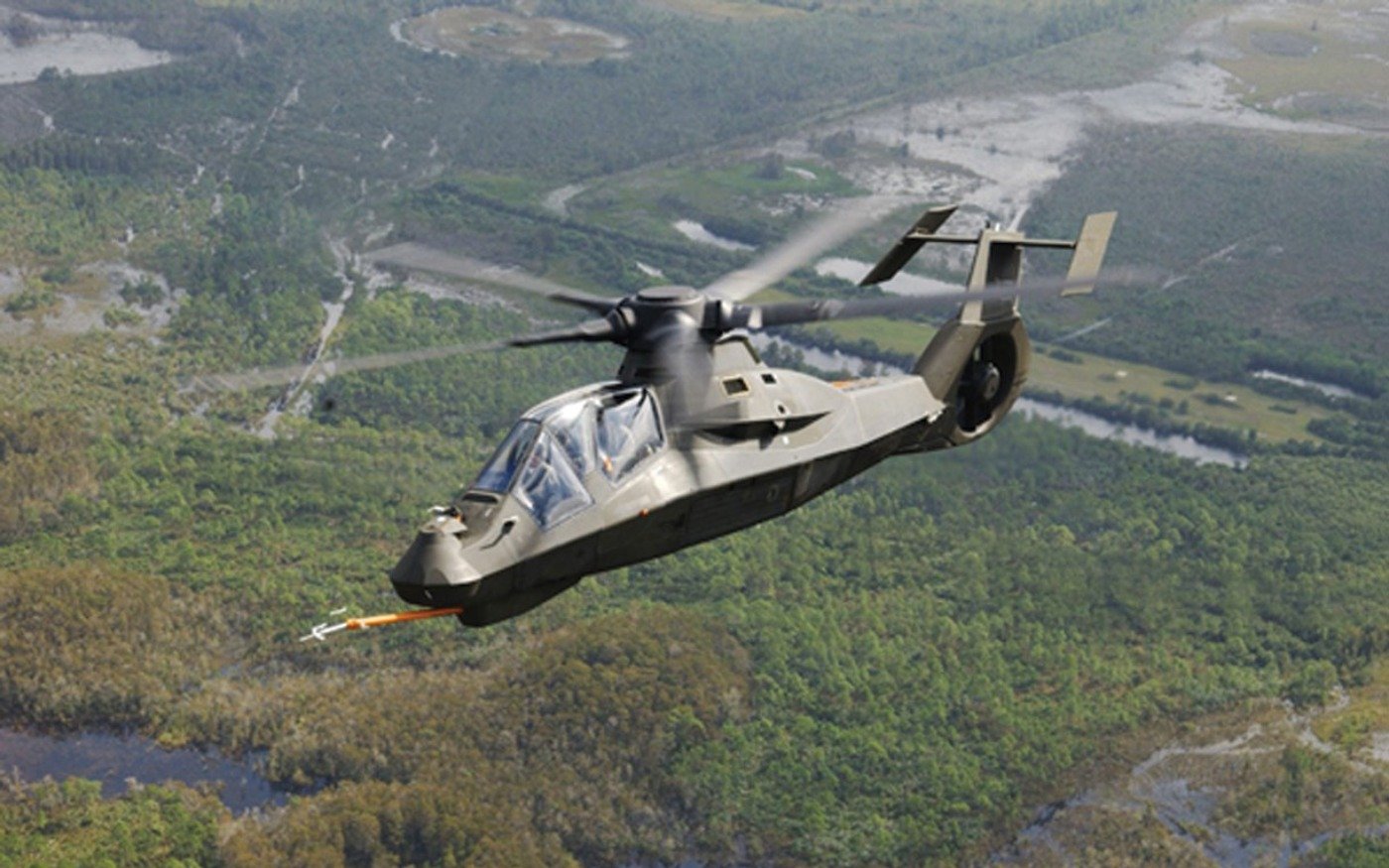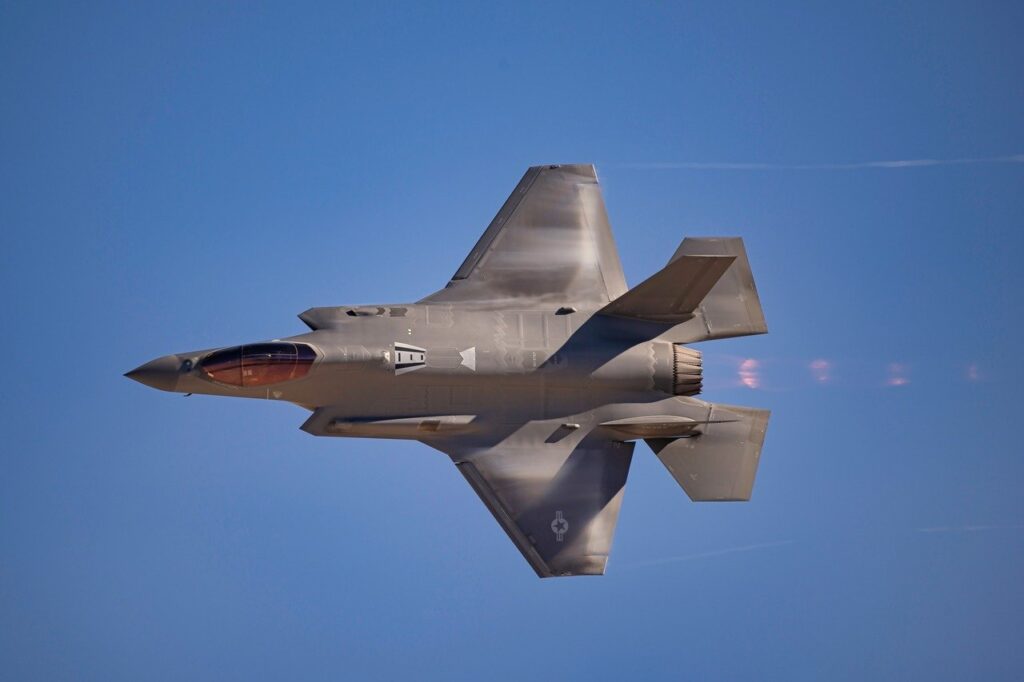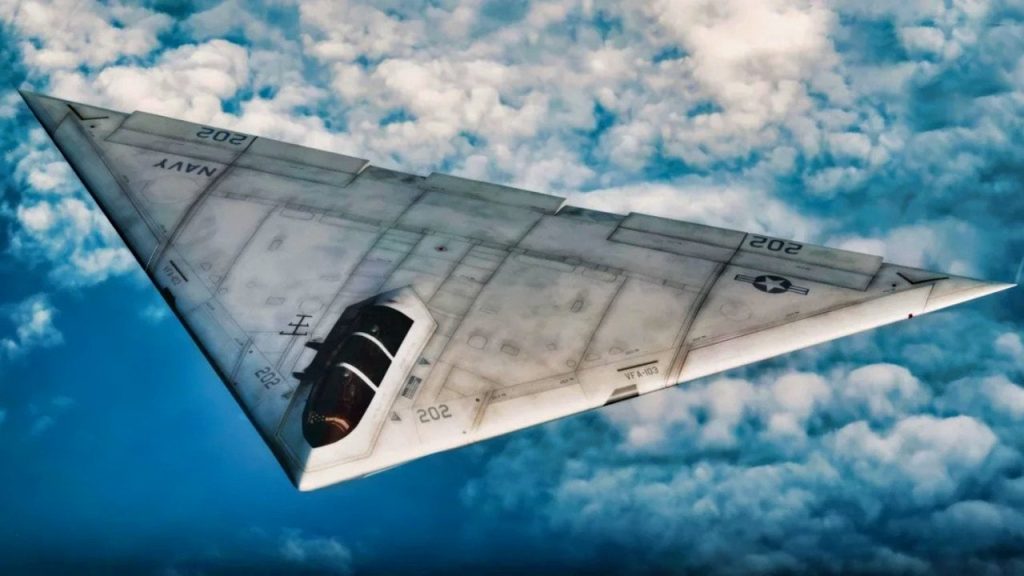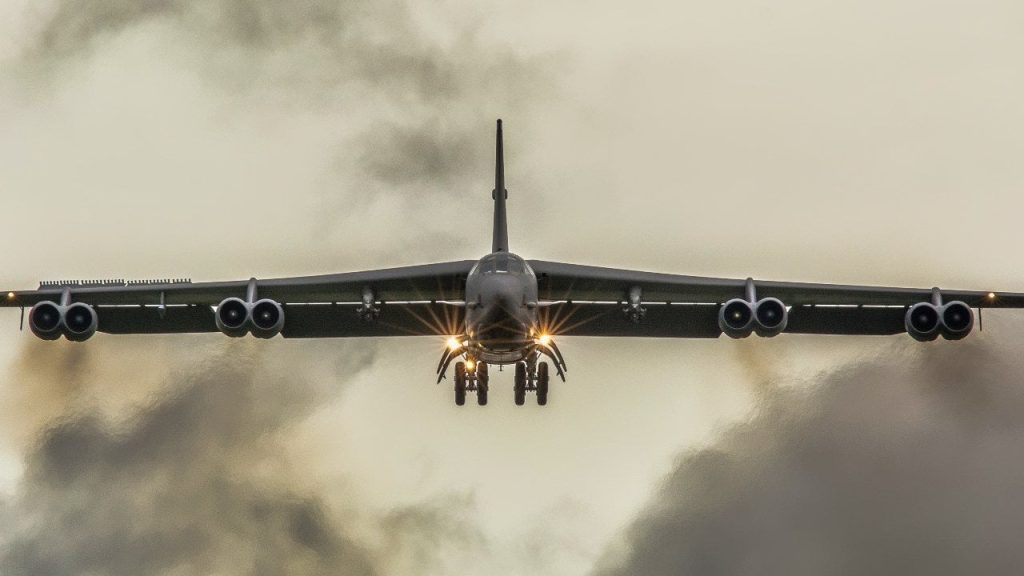Here’s What You Need to Remember: But the Crusader armored howitzer, which also depended on a separate thirty-six-ton ammunition carrier, was ill-timed during a period in which the Army was seeking lighter and more precise forces that could be rapidly deployed across the globe.
More From The National Interest:
Where World War III Could Start This Year
How the F-35 Stealth Fighter Almost Never Happened
Russia Has Missing Nuclear Weapons Sitting on the Ocean Floor
How China Could Sink a U.S. Navy Aircraft Carrier
The United States spent $610 billion in 2018 on defense, roughly one-third of all military spending on the planet—but that doesn’t mean that money is always being used efficiently. Over thirty years, the U.S. Army has engaged in two long-term wars and several briefer ones without replacing the major weapon systems which entered service in the 1970s and 80s.
In part, this is because the Army scaled back hi-tech equipment procurement in order to sustain expensive wars in Iraq and Afghanistan. But at the same time, the Army did spend $30 billion dollars on five new hi-tech weapons—all of which were canceled.
Brilliant Anti-Tank Munition
Even in the waning years of the Cold War, the Pentagon remained preoccupied by the threat posed by the Soviet Union’s vastly larger tank force. The “Brilliant Anti-Tank Munition” (BAT) was devised as part of the “Assault Breaker” initiative to qualitatively offset Soviet armored forces. The BATs were miniature guided rockets packed into a larger long-range Army Tactical Missile System (ATACMS) fired by the M270 multiple-rocket artillery system.
The ATACMS would release thirteen BATs that would float down by parachute using directional fins to home in on armored vehicles using sophisticated infrared-seekers. Theoretically, a single ATACM could wipe out an entire company of tanks.
Of course, the dissolution of the Soviet Union in 1991 and the thrashing of Saddam Hussein’s huge mechanized army in the 1991 Gulf War made the threat of tank hordes seem quaint—but the cost of the BAT submunition was anything but quaint at a cool $2.2 billion before it was finally canceled in 2003.
At least the BATS was later adapted into miniature GBU-44/B Viper Strike glide bombs employed by drones and Marine KC-130J gunship/tankers.
The RAH-66 Comanche Stealth-Chopper
Another Cold War concept was procurement of an agile and stealthy scout helicopter to replace the Bell Jetranger-derived OH-58D Kiowa Warrior that was employed for reconnaissance and light attack duty.
Boeing and Sikorsky produced two lithe, Cobra-like prototypes with faceted surfaces and radar-absorbent material coating that significantly reduced radar cross-section, as well as infrared-signature dampening paint, and a composite-material rotor blade that muffled its acoustic signature. The Comanche could even carry six anti-tank missiles or twelve Stinger anti-aircraft missiles in an internal bay for stealth, and had a remarkable ferry range of 1,200 miles.
But a comparatively slow, ground-skimming “stealth” helicopter remains far more vulnerable than a stealth fighter flying at supersonic speeds at high-altitude. Despite the Comanche’s stealth features, the Pentagon doubted its survivability versus modern short-range air defense systems—or even old-fashioned unguided anti-aircraft guns. The Pentagon was already adopting drones to undertake such missions instead.
Moreover, the Comanche was far too expensive, with development gulping up 40 percent of the Army Aviation budget. This couldn’t be justified for a system intended to play a fundamentally supporting rather than leading role.
As unit costs skyrocketed, the Comanche was finally axed in 2004 after consumed $7.9 billion in development. Ironically, the Army then decided to retire its Kiowa scout choppers early in the mid-2010s—only to discover that the heavier AH-64 gunships were a poor replacement. Thus, the Army ended up with the worst of both worlds: no new scout helicopter and no old one either.
The Crusader Self-Propelled Howitzer
The Army’s primary field artillery system, the turreted M109 Paladin self-propelled howitzer, entered service fifty-six years ago. Though tank-like in appearance, self-propelled artillery systems have only limited armor protection and their huge 155-millimeter cannons are designed to hit targets many miles away beyond line-of-sight.
While M109s and their ammunition have had their range and precision upgraded, the Army was already seeking a replacement in the 1990s. The hi-tech XM2001 Crusader boasted an automatically loading gun and cooled barrel allowing for extremely high rates of sustained fire (ten shells per minute) on targets up to twenty-five miles away, and incorporated composite armor for greater survivability.
But the forty-three-ton armored howitzer, which also depended on a separate thirty-six-ton ammunition carrier, was ill-timed during a period in which the Army was seeking lighter and more precise forces that could be rapidly deployed across the globe. After years of unfavorable press, the $2.2 billion-dollar Crusader project was finally killed by Donald Rumsfeld in 2002.
The Future Combat System (FCS)
The Crusader’s demise was hastened because a different program was promising a new, lighter self-propelled howitzers. Spoiler-warning: it didn’t deliver.
Many legendary military systems like the M113 armored personnel carrier or Sherman tank were successfully modified over the years to perform secondary roles they weren’t originally designed for. In the late 1990s, the Army tried to bottle that kind of adaptability into a “universal” vehicle chassis that would form the basis for a diverse family of combat and combat support vehicles equipped with then state-of-the-art inter-operable networked computers. The variants included a flagship infantry fighting vehicle to replace the venerable M2 Bradley, self-propelled artillery and mortars, armored scout vehicles and ambulances, and many even more specialized variants.
However, trying to develop a common chassis designed from the outset to perform so many diverse roles proved more expensive than refining one system to perform a specific task well and then modifying it from there. Arguably, a similar problem bedevils the three different models of the F-35, which have ended up having low levels of commonality.
Eight years and a staggering $18.1-billion later, the FCS remained far from being realized when the Defense Secretary Robert Gates finally pulled the plug in 2009.
The Ground Combat Vehicle
The Army tried to pick up the pieces from the FCS in a more focused infantry fighting vehicle program unimaginatively called the Ground Combat Vehicle (GCV). Recent combat experience in Iraq had demonstrated the aging Bradley fighting vehicle’s vulnerability to low-tech IEDs and rocket-propelled grenades, so stringent survivability requirements were placed on the GCV. However, this caused the GCV to balloon in weight to sixty tons—heavier than a Russian T-90 main battle tank!
The GCV’s beastly weight finally led Congress to cancel the GCV program in 2014—with over a billion more dollars down the drain.
Many of the Army’s canceled programs were legacies of a different era in national defense strategy. Between the 1989 and 2019, the Army went from planning high-intensity ground-warfare with the Soviet Union, to global counter-insurgency and stability operations. Then starting in 2014, the Army switched its emphasis back to preparing for high-intensity conflict. Defense technologies conceived for one security strategy were ill-suited for the other.
Another thread uniting these failed programs is an attempt to innovate too many new technologies at the same time without regard for risk, cost and difficulty of integration.
The Army is now on its third attempt at a Bradley and M113 replacement, the optionally-manned Next-Generation Combat Vehicle. This time the Pentagon is more willing to pursue a faster 80 percent solution rather than a brand-new design with all new (and thus, untested) technology, and is pursuing different chasses for support versus combat vehicles.
To be fair, reusable technologies did emerge from the canceled projects that have seen later application—but $30 billion remains a staggering sum to invest in projects that never amounted to more than a handful of prototypes.
Sébastien Roblin holds a master’s degree in conflict resolution from Georgetown University and served as a university instructor for the Peace Corps in China. He has also worked in education, editing, and refugee resettlement in France and the United States. He currently writes on security and military history for War Is Boring. This article first appeared in 2019 and is being reprinted here due to reader interest.
Image: Wikipedia.



